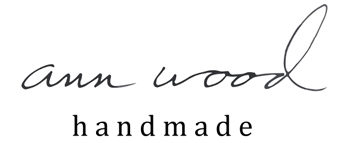What’s more luxurious than a little wood stove in your bedroom on a cold spring morning? #lifegoals There has been major work on the cardboard house for the tiny doll. Decisions have been made and actions have been taken.
miniature curtains
The big news is an exciting development in tiny curtain hardware, such a break through, let’s start with that. The original plan was to just tack up little bits of fabric and lace but the idea of hardware and removable rods would not leave me alone.
The twig solution is just right for a cardboard house and super easy to do. All you need are some twigs and hot glue. Snip off sections with a little limb and glue to the wall.


Stitch or tie on fabric or weave a little twig through the lace.
*this post contains an affiliate link highlighted and marked with an asterisk
bedroom walls and floor
The upstairs walls got one more coat of paint in warm white and a border with a carved rubber stamp. I made the downstairs and upstairs stamps with this easy block kit (*this is an affiliate link – meaning I get a small commission if you purchase through the link). It really is easy and I want to make lot’s more.
There is a closer look at the stamped downstairs walls here.
The bedroom floor needed to be super simple and playful in scale. The removable cardboard floor is painted a reddish brown and simple planks were added with darker colored pencil.
wood stove and hearth pad
The wood stove for the bedroom needed a hearth. It’s a matte board (on the wall) and a half circle of foam core for the floor. The stones are made using this tutorial. The little stove (made with this DIY) also got a roaring fire. Cut the door on three sides with an xacto knife and bend it open. I painted the inside black and orange and yellow tissue paper was added.
It’s the coziest room ever. I want to live in it.














































































































